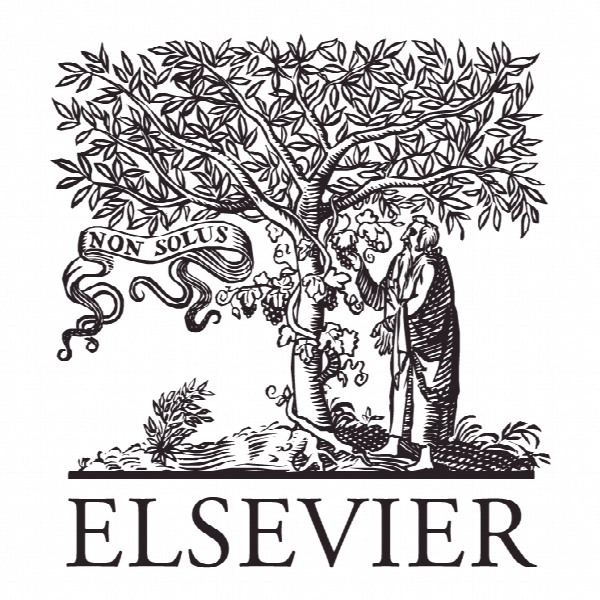پراکندگی گلیفسات در خاک های متفاوت در صورت عدم کاشت و زراعت مرسوم Glyphosate Dissipation in Different Soils under No-Till and Conventional Tillage
- نوع فایل : کتاب
- زبان : انگلیسی
- ناشر : Elsevier
- چاپ و سال / کشور: 2018
توضیحات
رشته های مرتبط مهندسی کشاورزی
گرایش های مرتبط علوم خاک، فیزیولوژی و اکولوژی گیاهان زراعتی
مجله Pedosphere
دانشگاه Consejo Nacional de Investigaciones Científicas y Técnicas – CONICET
شناسه دیجیتال – doi https://doi.org/10.1016/S1002-0160(17)60430-2
منتشر شده در نشریه الزویر
کلمات کلیدی انگلیسی dissipation, pesticide, two-compartment kinetic model
گرایش های مرتبط علوم خاک، فیزیولوژی و اکولوژی گیاهان زراعتی
مجله Pedosphere
دانشگاه Consejo Nacional de Investigaciones Científicas y Técnicas – CONICET
شناسه دیجیتال – doi https://doi.org/10.1016/S1002-0160(17)60430-2
منتشر شده در نشریه الزویر
کلمات کلیدی انگلیسی dissipation, pesticide, two-compartment kinetic model
Description
INTRODUCTION Glyphosate (N-(phosphonomethyl) glycine) is a post-emergence, non-selective, foliar herbicide. It is the most used herbicide in Argentina, accounting for 62% of the commercialized pesticides in the market (CASAFE, 2012). It is used as a weed controller in no-till (NT) systems, and it is also applied on various genetically modified crops (e.g. soybean, corn, cotton). Glyphosate has an amine, carboxylate, and phosphonate group. It is a highly water-soluble compound (11.6 g L1 at 25º C), but it also has a high affinity to soil particles, such as clays and aluminum and iron oxides (Vereecken, 2005). The biological degradation of a pesticide in the soil is dependent on various factors such as: microbiological activity, organic matter (OM) content, nutrient availability, pH, salinity, temperature, oxygen content, humidity and bio-availability (Aislabie and Lloydjones, 1995; Walker et al., 2001; Borggaard and Gimsing, 2008). Glyphosate is mainly degraded by biological activity, although evidence of an abiotic pathway via metal interaction has been recently reported (Ascolani Yael et al., 2014). In general, microorganisms use glyphosate aerobically or anaerobically, as a source of organic phosphorous (Zboinska et al., 1992; Dick and Quinn 1995; Obojska et al., 2002; Ermakova et al., 2008). However, some species have been described to be capable of using glyphosate as a carbon or nitrogen source (Kryosko and Lupicka, 1997; Obojska et al., 1999). There are two pathways known for the degradation of glyphosate (Fig. 1). In one pathway, the herbicide is hydrolyzed to inorganic phosphorous and sarcosine, by the activity of a C-P lyase enzyme. Sarcosine is then metabolized into glycine and formaldehyde by a sarcosine oxidase, until its complete mineralization to CO2 and NH3. Some examples of bacteria that use this pathway are Arthrobacter spp., Rhizobium spp. and Pseudomonas spp. (Dick and Quinn, 1995; Kishore and Jacob, 1987; Liu et al., 1991). Other organisms degrade glyphosate by an oxidoreductase, producing glyoxylate and aminomethylphosphonic acid (AMPA). Glyoxylate enters the glyoxylate bypass of the Krebs cycle, while AMPA is exported into the extracellular space (Jacob et al., 1988). Some bacteria are capable of metabolizing AMPA by a C-P lyase, yielding inorganic phosphorous and methylamine (Pipke et al., 1987; Kertesz et al., 1994), which further fully metabolizes to CO2 and NH3. Examples of microorganisms that use this pathway are Ochromobactrum anthropi (Sviridov et al., 2012) and Geobacillus caldoxylosilyticus (Obojska et al., 2002).


